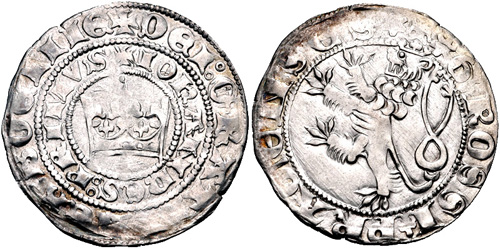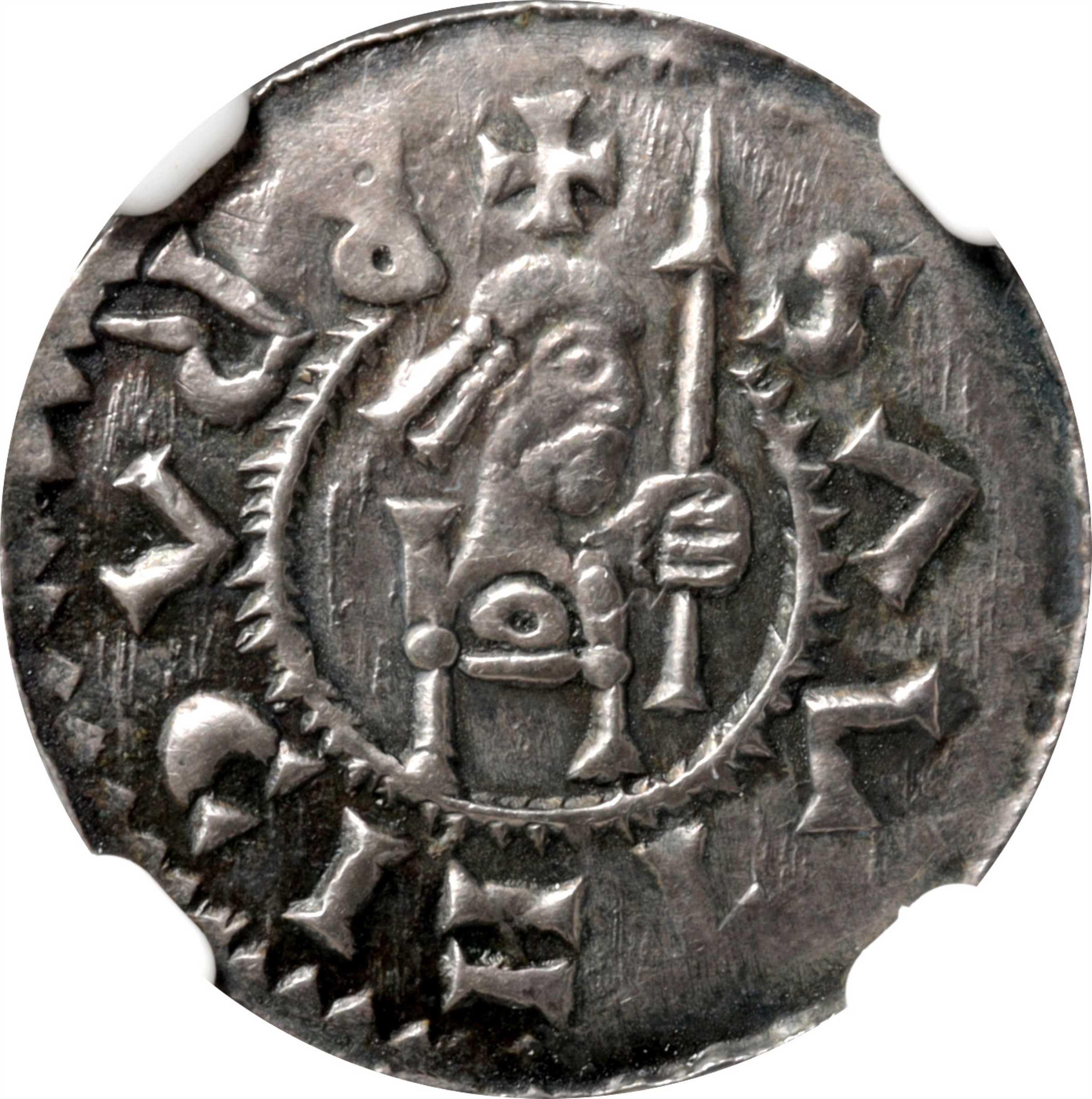Great Suggestions For Hand Polishing Czechoslovakia Medals
Wiki Article
How And Why Is A Plaster Model Scanned To Create A Digital 3d Model For Gold Coins And Medals?
The scanning process involves using specialized equipment that captures the plaster maquette in digital format. The digital reproduction is used for a variety of reasons throughout the manufacturing process.
3D Scanning Technique- High resolution 3D scanners are able to record dimensions and other details on models made of plaster. These scanners can capture geometry and measurements by using laser scanning, structured light or other techniques.
Capturing Surface Data- The scanner emits light or laser beams onto the surface of a model. The scanner captures any reflections or distortions that are caused by laser beams and captures the surface information of the plaster model.
Data Collection - When the scanner moves over the model, it gathers a huge amount of information, creating an image of the model’s geometry, contours and specifics.
Conversion into 3D Model - The data points taken are processed by software which reconstructs the data into a digital 3D model. This model is a replica of the dimensions and physical features of the plaster maquette.
There are many reasons to create an 3D digital model
Digital 3D replicas are precise in reproducing the dimensions and details of the physical models. This ensures that the final gold coins and medals are designed to match the intended design.
Digital models can easily be modified or improved. Designers have the ability to alter an 3D model and not alter the maquette in its original form.
Compatible with manufacturing processes- Digital 3D designs are compatible with various manufacturing techniques like 3D printing and CNC machining and make it simpler to produce molds or dies in the mass production.
Digital 3D models can be used to archive and document the design. They can be digitally archived to be used as a reference for future use, reproductions, and historic documentation.
By scanning the model and creating an electronic 3D model designers and manufacturers can improve the efficiency of their production to ensure accuracy when replicating, and leverage advanced manufacturing technologies for creating gold coins and medals with a high degree of precision and fidelity to the original concept. Take a look at the recommended Scanning and 3D Modeling Czechoslovakia gold coins more recommendations. including maple leaf gold coin, buying silver bars, buy gold bars, 1 10 gold eagle, sell gold silver near me, gold coins for sale near me, gold and coin near me, gold angel coin, $5 gold coin, guardian angel coin and more.
Why Do Dies Used To Make Gold Medals And Coins Undergo Processes Of Hardening By Vacuum?
The hardening by vacuum of dies used to strike gold medals and coins is done by subjecting them to high temperatures under controlled conditions in a chamber. Here's a brief overview of the dies for vacuum hardening.
When making dies that will be used to strike coins or other medals, it's important that they are free of residues or contamination.
Loading Vacuum Furnace
The dies are placed inside a vacuum furnace, which is a specialized heat-treating chamber that can create a vacuum environment.
Evacuation by Airplane
The vacuum chamber is made by removing air from the chamber and creating an environment controlled and free of oxygen. This is done to avoid the formation of oxidation and to guarantee uniform heat treatments.
Heating Phase
The furnace is then heated to the temperature required for the hardening of dies. The temperature range varies based on the materials used and the processing for hardening.
Soaking in High Temperatures
Die dies are kept at the elevated temperature for a specified time which allows the material to attain and keep the desired hardness and metallurgical structure.
Quenching (or cooling)
With the help of special techniques that allow dies to be quickly cooled down or quenched after the soaking process. This rapid cooling process locks in the desired strength and hardness in the material.
Tempering (Optional)Tempering (Optional)
In certain circumstances the process of tempering can occur as a result of hardening. Tempering is the process of heating dies to a lower temperature in order to relieve internal tensions and improve durability.
Quality Control and Inspection
To ensure that they meet hardness and strength requirements Die dies that have been hardened go through a thorough inspection and quality test.
Post-Treatment Handling-
Die dies are then polished or coated, and used to strike coins or medals.
The process of vacuum hardening enhances the strength, durability of the dies, their wear resistance and the life of the dies used to create gold coins or medals. In ensuring a safe and contaminant-free environment the process offers a consistent and reliable way to make the dies harder. Read the top vacuum hardening Prague Mint gold medals website advice including five dollar gold coin, gold buffalo, cost of gold coins, gold medals michael phelps, silver price in dollar, 50 pesos gold coin, today's 1 oz gold coin price, price for one ounce of gold, gold dollar coin 2000, gold coin dealers near me and more.

What Are The Various Ways In Which Gold Coins Or Medals Are Coated To Protect Them?
There are many reasons why gold coins and medals can be coated. They can be used for the protection of your investment, enhancement to aesthetics or achieving specific effects. Here are different coating processes employed to protect your precious items. Coatings-
Clear Protective Film (Varies). This clear protective film, that may include lacquer and a polymer, helps protect the surface of the coin from oxidation. This coating protects and preserves the original look of the coin or medal.
Enhancement of Appearance
Gold plating (or gold plating) A thin layer or gold can be applied to the surface of gold coins or medals. This enhances the appearance of the medal or coin and gives it a more shiny and luxurious finish.
Aesthetic Effects
Antique or Patina Finishes- Chemical treatments or special coatings are applied to create an antique or patina finish. This process artificially age the surface and creates an aged, oxidized appearance.
Coloring and Colorization Certain areas of a medal or coins are colored with specific coatings or enamels. This is done to emphasize certain design elements, add interest, or to create visual interest.
Anti-Tarnish Coatings-
Anti-Tarnish Coatings and Solutions To coins or medals that have intricate designs or surfaces that are susceptible to tarnishing, anti-tarnish coats or solutions may be applied. The coatings protect the metal's surface from oxidizing or discoloring over time.
Specialized Coatings or Authentication for Security-
UV-Reactive Coatings or Luminescent Coatings - Some coins and medals could contain special coatings that respond to UV light. This exposes secret or encrypted parts for security or authentication reasons.
Selective Coatings for Contrast-
Selective Coating Removing - Sometimes the coating is removed selectively from particular areas of a coin or medal to provide contrast between polished and coated surfaces. This accentuates design aspects.
Each process has a specific objective, like to improve the appearance of the metal or appearance of metal, enhance protection, increase security, or produce certain aesthetic effects. The coatings be a significant influence on the durability and aesthetic appeal of gold-plated coins and medals. They also increase their value. Have a look at the most popular coating Czechoslovakia gold coins site examples. including liberty gold coin, bullion bars gold, gold silver coins, $20 gold coin, gold coin values, gold and coin shops near me, 2000 sacagawea, gold dollar, 1979 gold dollar, gold coin values and more.

What Are The Quality Checks That Gold Coins And Medals Undergo To Ensure That They Conform To The Specifications??
These checks are carried out to ensure the coins or medals meet requirements and also have a precise surface. The quality checks are comprised of many steps.
A certified inspector examines every coin or award for surface imperfections or flaws. They search for discolorations, scratches, irregularities or marks that may impact the value of the coin or appearance.
Dimensions and Weigh
Each coin and medal is tested for weight to ensure it's in compliance with the stipulated dimensions in terms of weight, thickness, and diameter. Any deviations could indicate an issue with the quality.
Metal Purity, Composition and composition
Quality checks involve determining the purity or gold content of coins or medals by using various methods like chemical or XRF analysis. This will guarantee that the medals and coins conform to the standards required for gold content.
Edge InspectionEdge Inspection
Inspectors inspect the edges of the coin or medal to determine reeding uniformity, consistency and other irregularities. Edges are an important area to include security features, as well as additional design elements.
Strike Quality
It is crucial to evaluate the quality of each piece, for example the sharpness and clarity of the design, relief and overall look. This will help ensure that the pieces are all consistent.
The Proofing Errors and Minting Faults
A thorough examination of proof or special edition coins is carried out to determine any flaws, errors or discrepancies in the minting process that might affect their value as collectibles.
Packaging and presentation
Quality checks are carried out on presentation and packaging to ensure that the coins or awards are stored correctly, presented or encapsulated in holders, cases or cases and are free of contamination or damage.
Random and Sampling Checks
Random checks or random sampling are carried out on batches to ensure high standards of quality are consistently met throughout the entire minting process.
Compliance and Documentation-
Every quality check is documented to ensure compliance with the regulations as well as minting standards and certification specifications. These documents serve as proof of the authenticity of the coin and its quality.
Rejection of non-conforming goods
Coins or medals that don't meet specified quality standards are rejected or sent to reprocessing in order to ensure the integrity and quality of the items that were minted.
The mints and certification bodies make sure that the gold coins or medals they produce conform to the strictest requirements for authenticity, purity, appearance and value. This ensures investors, collectors, and customers that the products they purchase are authentic and of the highest standards. Follow the most popular Prague Mint gold medal quality control site info. including gold quarter 2000, buy gold silver, gold angel coin, double eagle gold coin, 1 ounce gold bullion, gold bullion coins, buy gold pieces, oz gold bars, buying silver bars, 1 0z gold price and more.

